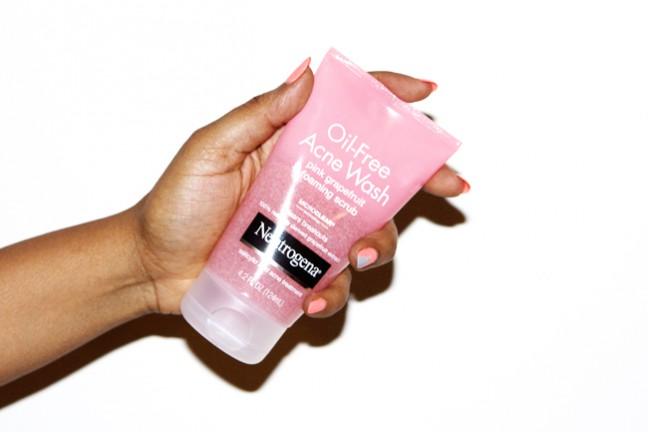Your favorite revitalizing face wash may disappear from shelves if the state Legislature approves a new bill banning microbeads.
The bill, which passed unanimously in the state Senate last week Tuesday, aims to make Wisconsin the third state to ban the use of microbeads.
Microbeads are tiny plastic particles, about the width of five human hairs, that are sometimes put into products such as face and body scrubs, hand soaps and toothpaste, Sarah Yang, a toxicologist for the Wisconsin Department of Natural Resources, said.
Usually they are added in lieu of other natural alternatives such as oatmeal, fruit pits, sea salt or silica to help scrub dead skin, dirt or oils from the skin, Tyson Cook, the director of science and research at Clean Wisconsin, said.
After studying microbeads’ effects in the ocean, scientists have begun to look at the Great Lakes and found microbeads either in the water or on the beaches of all five lakes, Cook said.
In Lake Michigan, scientists found an average of 17,000 micro plastic particles per square kilometer. In another study, which looked at Lakes Superior, Heron and Erie, microbeads were detected mostly in urban areas downstream from wastewater treatment plants, Yang said.
Although microbeads are intended to be rinsed down the drain, they are not easily captured by sanitation systems and water treatment plants and are non-biodegradable, Cook said.
Treatment facilities typically remove solid material prior to release into the environment through flocculation, the processes of clumping particles together, he said. This makes the particles easier to screen out or causes them to sink so they can be scraped off the bottom, Cook said. Microbeads do not coagulate easily, are relatively buoyant and are very small, so none of the normal processes work well, he said.
“At the end of the day after you get done scrubbing your face with a microbead containing face scrub, those microbeads go right down the drain and they can make their way straight through those treatment facilities and out into the environment,” Cook said. “There is no efficient way to get them out of the water once they’re out there, so that’s why it’s so important to have these solutions that keep them from getting them out there in the first place.”
Because microbeads resemble food, like fish eggs, small aquatic species ingest them and the beads physically take up space in their stomach, Cook said.
This can cause species to suffer deficiencies because they feel full without ingesting any nutrients, Kate Morgan, 1000 Friends of Wisconsin water policy director, said.
Microbeads can also soak up other chemical contaminants or pollutants that are floating in the water, Cook said.
These predominantly organic pollutants attach to microbeads, which absorb these chemicals at high concentrations, Morgan said.
When aquatic organisms eat microbeads they get exposed to these chemicals, and it begins a process of biomagnification, Cook said.
This occurs when toxic chemicals get into fish or other organisms at a low level in the food chain. Then another animal higher up on the food chain eats them and gets exposed to a higher level of that pollutant causing the concentration of chemicals to be magnified up the food chain, Morgan said.
Although much still remains unknown about microbeads, preliminary studies have caused several international companies such as Johnson & Johnson, L’Oréal, Colgate and Dove to pledge to remove microbeads from their products.
“What we can all do is become really informed consumers and not only read the labels on our food products [but also read] the labels on our cosmetic products,” Morgan said.


